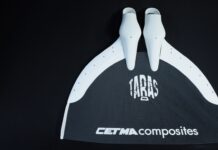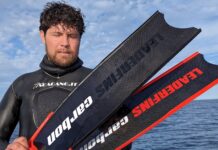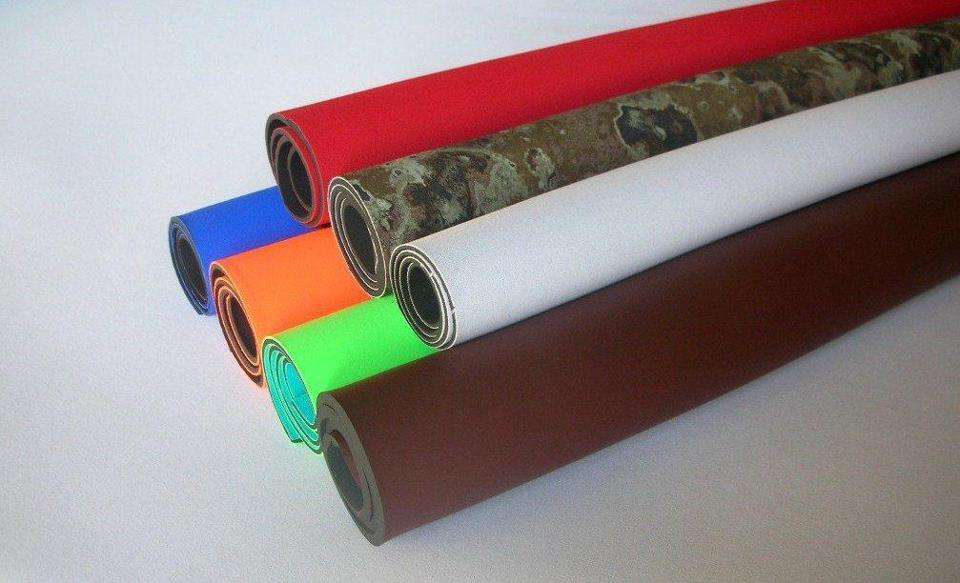Neoprene, this material so popular among passionates of sport, sea and diving, is produced for the first time almost 100 years ago but only around the ’60/’70s it enters as a protagonist on the market of diving wetsuits. It is actually an elastomer that is very similar to rubber and, thanks to its spungy structure, it can guarantee at the same time water resistance, quite good thermal insulation, and also a decent wearability.
Referring now exclusively to manufacturers in the nautical/sportive sector, almost all neoprene is produced starting from a solid rubber piece; the following expansion process brings neoprene to the final form, that recalls a mat, with micro-cellular structure, of various thicknesses, depending on the machines and moulds used. The two faces of the mat are the image of the mould, and usually are smooth (smooth skin). The mat is then moved to the cutting phase, and so the sheets of neoprene in the most common thicknesses are produced.

At this point it is important to underline that the faces of the sheets of neoprene just cut are open cell; only the first and the last sheets will have one face in smooth and one is open cell.
The following process is the lamination, in which texture is applied on the neoprene sheets. This phase is obtained with the passage of the sheets in rollers that deposit glue on the surfaces; the sheets covered with glue are then coupled with texture sheets. Below an interesting video showing such production phases for Sheico neoprene.
https://youtu.be/9njgomCPDrc
Types of neoprene sheets used the most are three:
- double lined (texture applied on both faces)
- single lined (texture applied only on one face)
- no lining (no texture applied)
In the first category, the double lined, the textures applied on the faces of the neoprene sheet are selected depending on the final use of the neoprene; if we think of the scuba diving wetsuits, we will almost totally find double lined neoprene, with more or less elastic textures, coloured and resistant for the external part, and with more comfortable material in the internal part.
In the category of the single lined, we can distinguish among the sheets with one surface in smooth and the ones with the surface in open cell. In freediving the first type of neoprene is extremely frequent, so they are easy to wear and have, theoretically, better sliding qualities in the water. On the other hand, in spearfishing the second type of neoprene is used, for better protection against rocks and better thermal insulation thanks to open cell in contact with the skin.
In the last category, the one of not lined sheets, practically the exclusive use in for spearfishing wetsuits, with smooth external and open cell internal solution, which gives best possible elasticity and comfort, of course with loss of resistance.
D&D snc – Home of Neoprene
D&D Italy was founded in Trieste, Italy, on the 4th of October 1988 by Maurizio Dudine, who has edited this article, and Elena De Maio. Since the beginning the slogan that represents the philosofy of the company is “Sportive Spirit”: a slogan to communicates the interlocutors the will to treat commercial relations with team spirit, in a climate of reciprocal collaboration, for a common objective: be winners!
The activity of the company is principally based on marketing and distribution of raw materials and products linked to water sports, outdoor, fashion, shoes and orthopedics.










